How to Select the Right Materials for Plastic Pipe Bundling?
Choosing the right bundling materials for plastic pipes is essential for protecting them during handling, storage, and transport. Selecting appropriate materials ensures the pipes arrive in optimal condition, ready for use while minimizing the risk of damage.
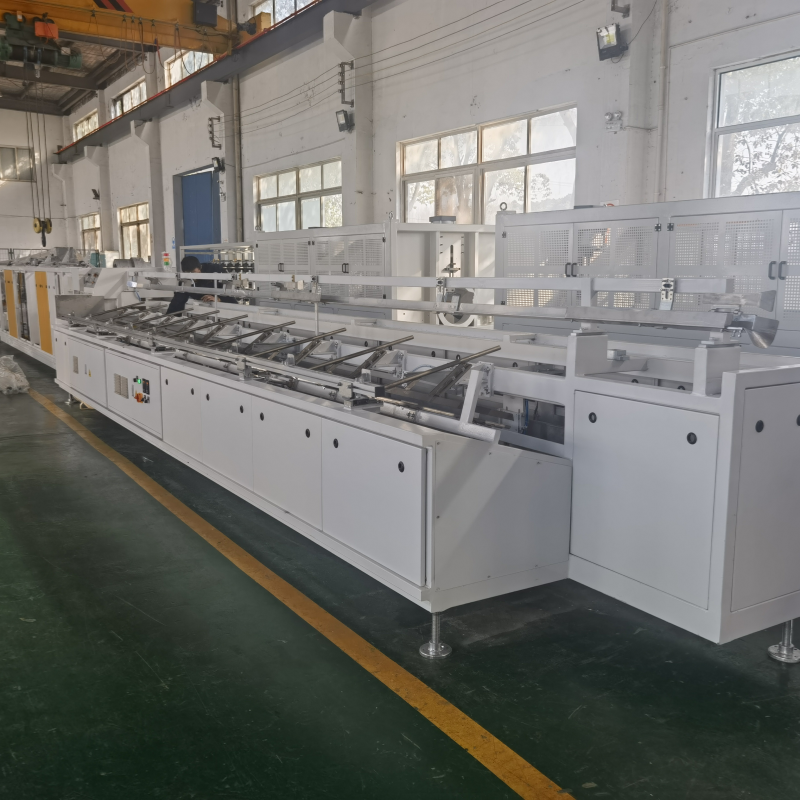
Selecting the correct bundling materials for plastic pipes involves balancing protection, cost, and environmental considerations. Key factors include the type of plastic, bundling method, and the conditions the pipes will face. Options range from straps and films to specialized solutions, ensuring pipes are safe and secure.
This guide dives into the crucial aspects of choosing the ideal materials for plastic pipe bundling, ensuring both effective protection and cost-effectiveness. Continue reading to explore the various options and factors that influence your decision.
1. Understanding Plastic Pipe Vulnerabilities
Plastic pipes, while durable, can be vulnerable to damage during bundling, handling, and transport. Identifying these vulnerabilities is critical to selecting the right materials.
Plastic pipes are susceptible to scratches, dents, and deformation from impacts and abrasion. Exposure to UV radiation and extreme temperatures can degrade the plastic. The goal of bundling is to mitigate these risks, ensuring the pipes arrive in pristine condition, ready for installation.
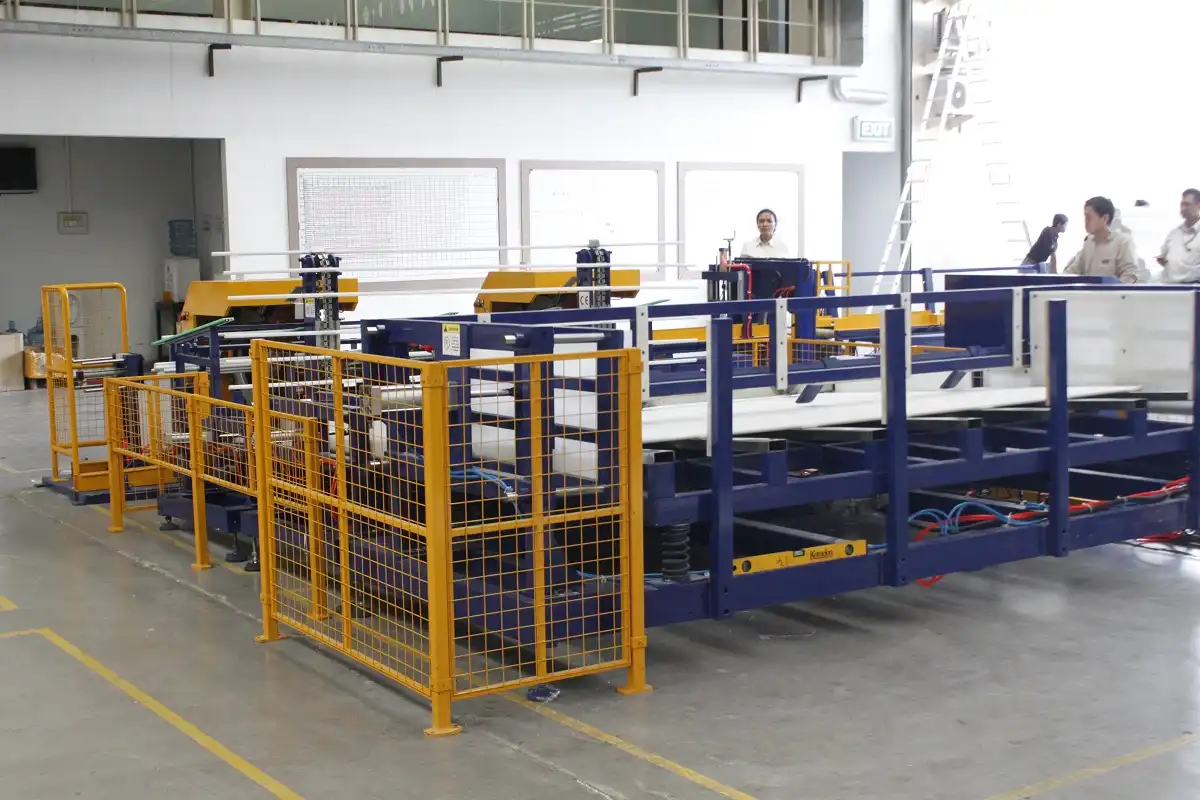
Identifying Common Threats to Plastic Pipes
To effectively protect plastic pipes, understanding the specific threats they face during bundling, handling, and transportation is essential. These threats can be categorized into physical damage, environmental factors, and contamination.
1. Physical Damage: Impacts and Abrasions
During transportation and handling, plastic pipes can be subjected to impacts, vibrations, and abrasion. These physical stresses can lead to:
-
Scratches and Scuff Marks: Cosmetic damages that, while not always affecting structural integrity, can be undesirable.
-
Dents and Deformations: More severe impacts can cause dents, potentially affecting the pipe’s roundness and ability to properly connect with fittings.
-
Cracks and Breakages: In extreme cases, impacts can lead to cracks or even complete breakage, rendering the pipes unusable.
To mitigate these risks, bundling materials must provide cushioning and secure fastening to prevent pipes from knocking against each other or external objects.
2. Environmental Degradation: UV Exposure and Temperature Fluctuations
Environmental factors also pose significant threats to plastic pipes, particularly during outdoor storage or prolonged transit:
-
UV Radiation: Prolonged exposure to sunlight’s ultraviolet (UV) radiation can cause certain plastics to become brittle, discolored, and lose impact strength.
-
Temperature Fluctuations: Extreme temperatures can cause expansion and contraction, leading to stress and potential deformation, especially in poorly bundled pipes.
Effective bundling should incorporate UV-resistant materials and provide insulation to shield pipes from extreme temperature fluctuations.
3. Contamination: Dirt, Debris, and Moisture
Contamination can compromise the cleanliness and hygiene of plastic pipes.
-
Dust and Debris: Exposure to dust and debris can soil the pipes, requiring cleaning before installation.
-
Moisture Ingress: If plastic pipes are not adequately protected from moisture, water can seep into bundles. This can lead to staining and surface degradation.
Bundling materials should create a barrier against dirt, dust, and moisture to maintain the pipes’ cleanliness and prevent biological growth.
To summarize the protection needs, consider this table:
Vulnerability Type of Damage Bundling Solution Physical Impact Scratches, Dents, Cracks Cushioning, secure fastening UV Exposure Brittleness, Discoloration UV-resistant films or wraps Temperature Change Deformation, Stress Insulation, secure fastening Contamination Dirt, Debris, Moisture Sealed wraps, clean bundling environment By understanding these vulnerabilities, manufacturers and distributors can select bundling materials that provide targeted protection.
2. Types of Materials for Plastic Pipe Bundling
A wide variety of materials can be used for bundling plastic pipes, each with unique advantages and disadvantages. The right choice depends on the specific application.
Common options for plastic pipe bundling include plastic straps, banding films, woven fabrics, and specialized sleeves. The choice hinges on balancing cost, required protection level, ease of handling, and environmental considerations. Exploring these options ensures informed decision-making.
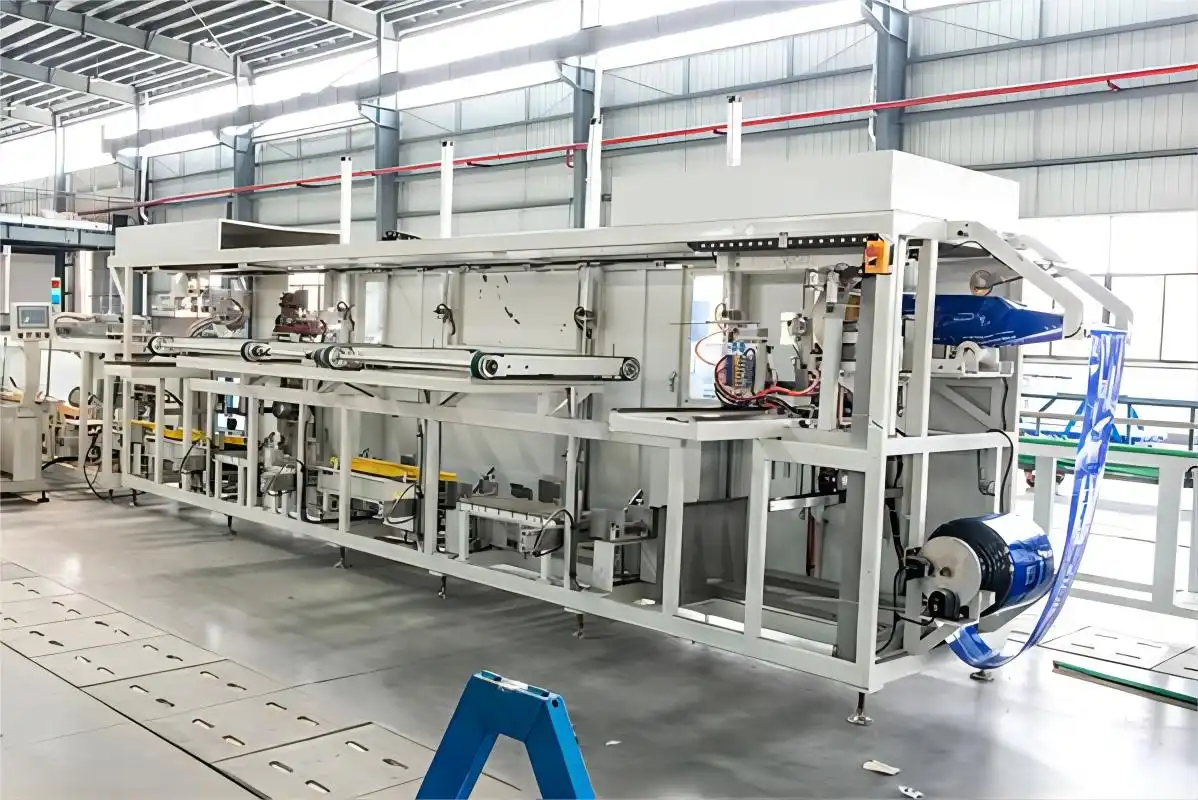
A Closer Look at Bundling Material Options
Understanding the characteristics of different bundling materials allows for a more informed decision, ensuring the selected material aligns with specific protection needs and environmental goals.
1. Plastic Straps: Polypropylene (PP) and Polyester (PET)
Plastic straps are a common and cost-effective option for bundling plastic pipes. Different types of plastic straps offer varying characteristics:
-
Polypropylene (PP) Straps: PP straps are lightweight, economical, and offer good tensile strength for light to medium-weight bundles. They are suitable for bundling pipes that require basic protection during handling and transport.
-
Polyester (PET) Straps: PET straps are stronger and more rigid than PP straps, offering superior tensile strength and break resistance. They are ideal for bundling heavier pipe bundles that require a higher level of security and protection during rough handling and long-distance transportation.
2. Banding Films: Polyethylene (PE) and Polyvinyl Chloride (PVC)
Banding films offer a flexible and conformable option for bundling plastic pipes, providing protection against moisture and dust.
-
Polyethylene (PE) Films: PE films are economical and provide good moisture resistance and dust protection. They are commonly used in stretch wrapping applications, where the film is stretched and wrapped around the pipes to provide secure bundling and load stability.
-
Polyvinyl Chloride (PVC) Films: PVC films are durable and offer excellent tear resistance. They are often used in shrink wrapping applications, where the film shrinks tightly around the pipes when heated, providing excellent bundling and protection.
3. Woven Fabrics: Polypropylene (PP) and Jute
Woven fabrics provide robust protection and are often used for heavier bundles or when extra tear resistance is needed.
-
Woven Polypropylene (PP) Fabrics: Woven PP fabrics are strong, durable, and water-resistant. They offer excellent tear and puncture resistance, making them suitable for protecting pipes during rough handling and long-distance transportation.
-
Jute Fabrics: Jute is a natural fiber that offers good strength and breathability. While less water-resistant than PP, jute is biodegradable and environmentally friendly.
4. Specialized Sleeves: Foam and Cardboard
Specialized sleeves provide targeted protection for individual pipes, preventing scratches and abrasion.
-
Foam Sleeves: Foam sleeves offer cushioning and impact protection, preventing scratches and dents during handling and transport.
-
Cardboard Sleeves: Cardboard sleeves provide a rigid protective layer, preventing abrasion and supporting the pipe’s shape during storage.
3. Key Factors in Material Selection
Choosing the right bundling material goes beyond simply picking the cheapest option. Several critical factors must be considered to ensure optimal protection.
Selecting materials requires a holistic approach, considering cost, durability, environmental conditions, and sustainability goals. Key considerations include the size and weight of the pipe, the mode of transport, and storage conditions.
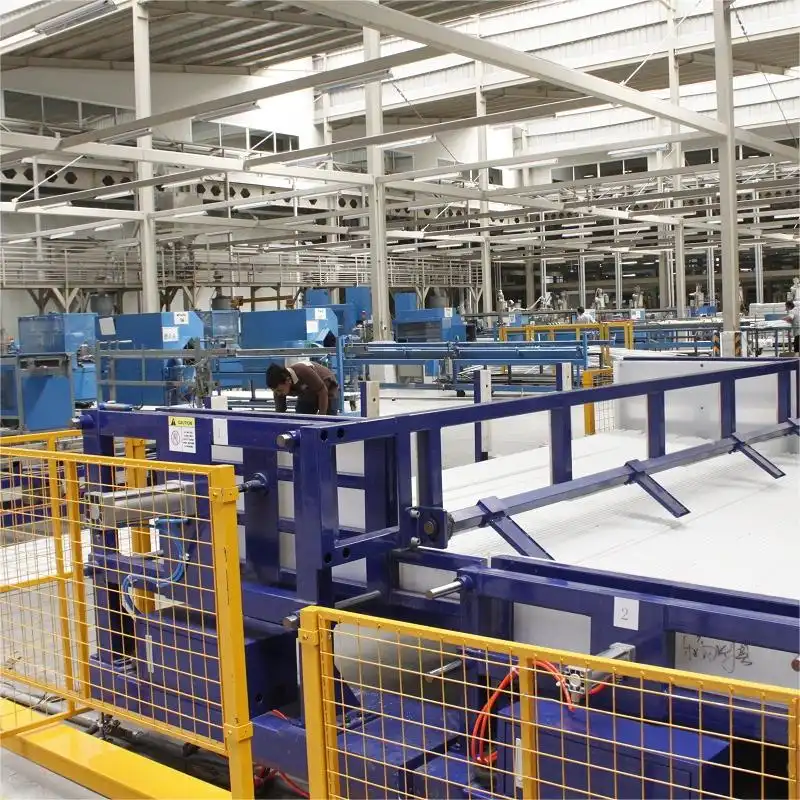
A Detailed Guide to Optimizing Bundle Protection
The best bundling approach balances cost, protection, and environmental concerns, optimizing resource use while safeguarding pipes from damage.
1. Cost-Effectiveness
Cost is a significant consideration. However, the cheapest option isn’t always the most cost-effective in the long run if it leads to product damage.
-
Material Costs: Compare the unit costs of different bundling materials (plastic straps, banding films, woven fabrics, etc.).
-
Labor Costs: Consider the ease of application. Shrink wrap may require more equipment and labor than stretch wrap or simple strapping.
-
Damage Reduction: Factor in the potential cost savings from reduced product damage.
2. Durability and Strength
The bundling must be durable enough to withstand the rigors of handling, storage, and transportation.
-
Tensile Strength and Tear Resistance: For bundling and wrapping, materials with high tensile strength and tear resistance are crucial to prevent breakage during handling and transit.
-
Puncture Resistance: If pipes are likely to be subjected to sharp objects or rough handling, puncture resistance is important.
-
Impact Resistance: While bundling primarily protects against surface damage, some cushioning can help mitigate minor impacts.
3. Environmental Conditions
Consider the expected storage and transit conditions, particularly regarding UV exposure and temperature.
-
UV Resistance: For outdoor storage or prolonged exposure to sunlight, choose UV-stabilized plastic films or opaque wraps.
-
Temperature Resistance: Ensure the bundling material can withstand the expected temperature range during storage and transit.
4. Sustainability and Environmental Impact
Increasingly, sustainability is a critical factor in material selection.
-
Recyclability: Choose recyclable materials like PE and PP films whenever possible. Ensure proper recycling infrastructure is available.
-
Reduced Material Usage: Optimize bundling design to minimize material usage without compromising protection.
Factor High Priority Low Priority Cost Balancing protection with material expenses and labor costs. Prioritizing the absolute lowest price, potentially sacrificing protection. Durability High tensile strength, tear resistance, and puncture resistance for heavy handling. Basic protection against minor abrasions and scuffs for light handling. Environmental Resistance UV and moisture protection for outdoor storage; temperature resistance for varied climates. Minimal environmental protection, suitable for short-term indoor storage only. Sustainability Recyclable, biodegradable, or reusable materials to minimize environmental impact. Limited concern for environmental impact; disposal as primary consideration. Special Requirements Compliance with FDA and NSF standards for food contact; anti-static properties for electronics. Minimal special requirements; general use bundling with no specific industry standards to meet. 4. Implementing Best Practices for Plastic Pipe Bundling
Beyond material selection, proper bundling techniques are essential for maximizing protection and efficiency.
Effective plastic pipe bundling involves not only selecting the right materials but also employing best practices in application and handling. These practices ensure consistent protection and minimize the risk of damage throughout the supply chain.
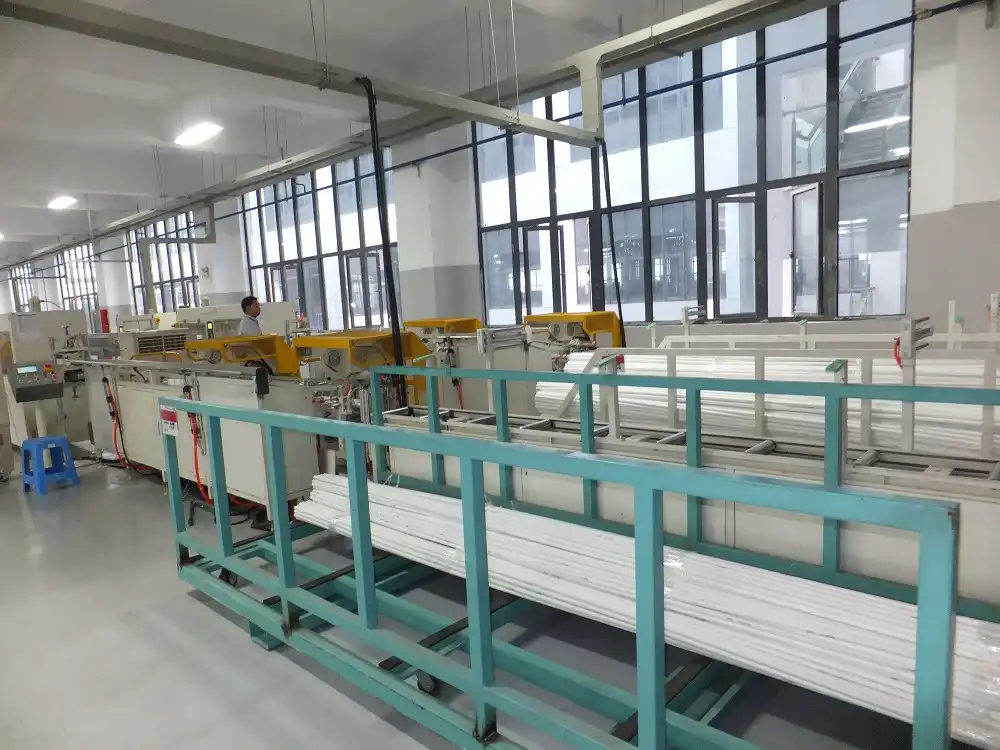
Securing Your Pipes: Best Practices for Optimal Bundling
Implementing best practices in bundling enhances protection and reduces potential losses, maximizing protection and efficiency.
Here are key best practices to implement:
- Consistent Bundle Size and Weight: Standardize bundle sizes and weights for easier handling and stacking.
- Layering and Interleaving: Use interleaving materials like cardboard between layers of pipes within a bundle to prevent scratches and abrasion.
- Appropriate Wrap Tension: Adjust wrapping tension according to the material and pipe type. Over-tensioning can deform pipes, while under-tensioning can lead to loose wraps.
-
Quality Control and Inspection: Implement quality control checks at each stage of the bundling process.
Implementing these best practices enhances the effectiveness of bundling.
Choosing the right bundling materials for plastic pipes is a multifaceted decision. By carefully considering the vulnerabilities of plastic pipes, exploring various material options, and evaluating key selection factors like cost, durability, environmental conditions, and sustainability, businesses can make informed choices. Implementing best practices in bundling techniques further enhances protection, ensuring plastic pipes reach their destination in optimal condition. Ultimately, effective bundling is an investment that safeguards product integrity, minimizes waste, and contributes to a more efficient and sustainable supply chain.










